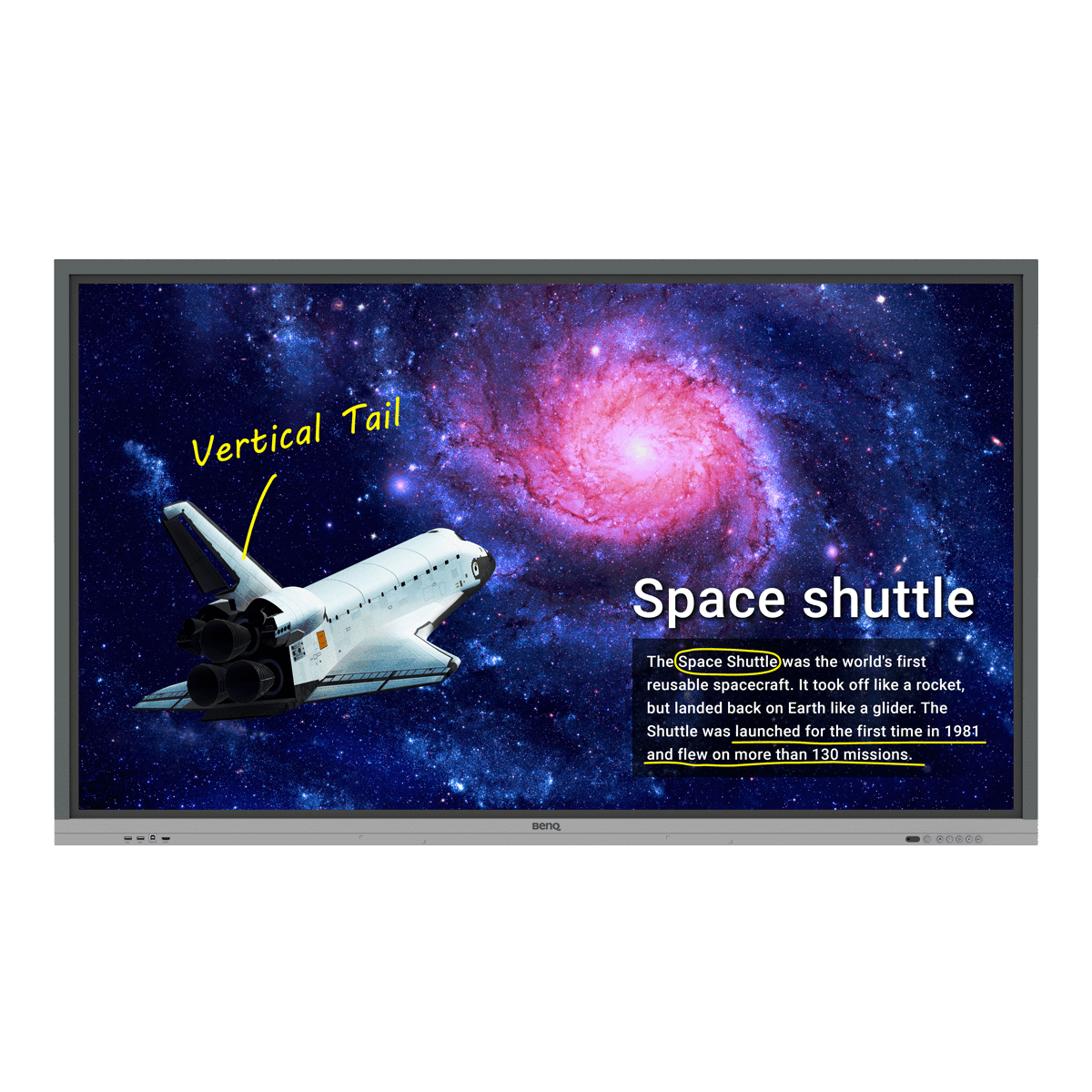About the School
“Our academy specialises in getting students into universities and preparing them for higher education,” says Kwak Jeong-yul, founder of the Jeong-yul Academy.
Based in Bucheon, South Korea, Jeong-yul Academy is an education centre that focuses on helping middle and high school students get high scores in their university entrance exams and pass their admissions interviews. In line with this, the academy aims to create a safe, friendly learning environment where students can both review and recharge. The space has its own library, a student lounge, and a fully stocked convenience store, ensuring that students have everything they need in one place.
In 2020, the academy was able to send a record-breaking number of Bucheon-based students to several universities of their choice.




The Challenge
“Because of the pandemic, some students weren’t able to come to the academy,” explains Kwak. Normally, students would have been able to show up in person for their scheduled classes. They could just walk into a classroom and get mentored by the teaching staff. But as part of their COVID-19 safety measures, Jeong-yul Academy had to change the way they rolled out learning sessions.
During this time, they heavily relied on video conferencing. Teachers would set up calls with their students, and they would either share a slide presentation or use a webcam while they wrote on a chalkboard.
“We experienced inconveniences using this format of teaching… The lecture quality just wasn’t good enough,” he says. When sharing slide presentations during video calls, teachers were unable to highlight objects and text to emphasise specific points. And when they used chalkboards, some of their students had difficulty reading or copying written items.
BenQ Solutions
When looking for viable edtech solutions, staff at Jeong-yul needed something that would allow them to use their preferred video conferencing solution, share lesson materials in real time, and make clear annotations that all students could see. For this reason, they went with the BenQ Board Pro, particularly the RP8602 and RP6502 interactive displays for education. They paired their boards with BenQ slot-in PCs, allowing them to use school-prescribed software, including Zoom for remote teaching.
“BenQ Boards create a favourable learning environment.”
“BenQ Boards create a favourable learning environment,” says Kwak, noting how the RP02 interactive displays went beyond just allowing teachers to host online classes, present, and annotate. The displays include the EZWrite whiteboard, which is packed with intuitive teaching tools and collaborative features designed for more engaging active learning sessions. They also work with the InstaShare wireless screen sharing solution, which gives teachers a convenient way to cast lesson content onto the screen from their laptops and mobile devices. And since the RP02 has built-in screen and voice recording, instructors can easily record their sessions and share it with their students as review material.
“The ClassroomCare™ features also stand out as they help us create a healthy learning environment,” he says, noting the importance of student and teacher health in the academy.




The Results
Seo Chung-hee, teacher at the Jeong-yul Academy says there’s been a significant difference after adopting BenQ Boards. For one, it’s made teaching more convenient. Seo points out how the NFC readers on the RP02 boards let them access their class files instantly with just one tap of their personal NFC cards.
“I use the split-screen feature a lot,” he says. “I usually put a mock exam on the left side and then explain the solutions on the EZWrite whiteboard on the right.” Because two apps are on the same screen, he doesn’t need to keep switching windows. Other instructors use the board’s Duo Windows feature the same way, opening educational resources on one side of the screen while whiteboarding or using other apps on the other.
Seo also notes how he and other teachers often use InstaShare wireless screen sharing: “It's much easier than using handouts or a projector.”
“What surprised me was that students hardly felt awkward using the board… It’s easy for them since it’s similar to using their smartphones.”
The feedback is also similar for the students. Seo observes how using the BenQ Board is second nature to them: “What surprised me was that students hardly felt awkward using the board… It’s easy for them since it’s similar to using their smartphones.” It’s this familiarity, Seo says, that has contributed to his students becoming more active during teaching sessions.
“We’ll continuously use the features of BenQ Boards in our classes at Jeong-yul,” says Seo. “We expect that this will further help our students excel in their studies.”

